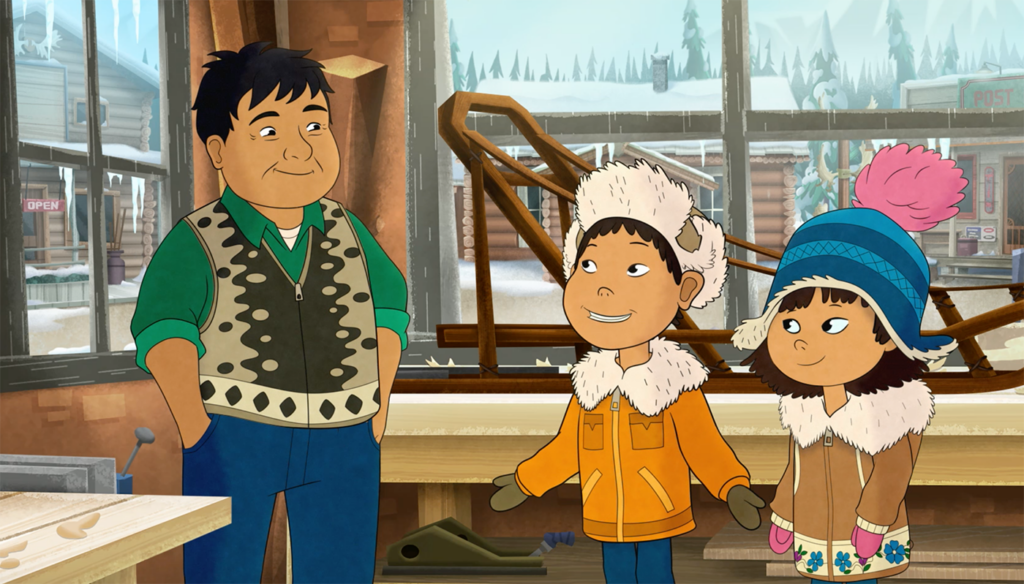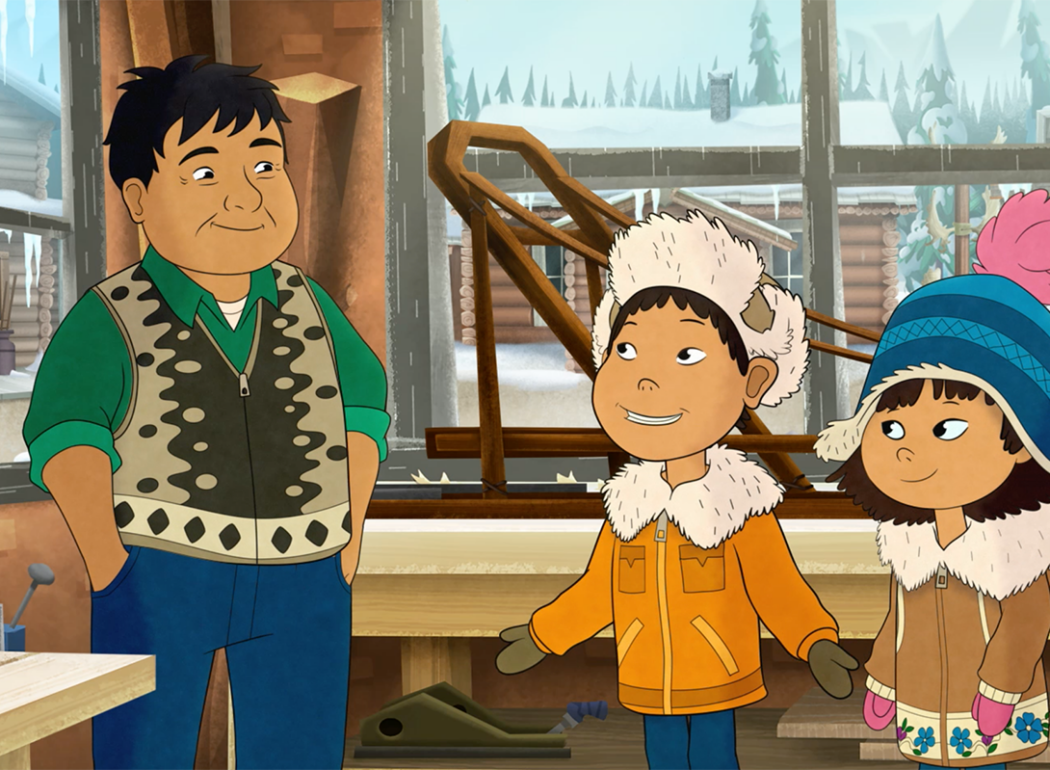Part of our job at WFSU is to help local educators find which PBS LearningMedia resources are best for them to incorporate into their curriculum and why. Today, I want to help discuss the “and why” when we talk to educators about Molly of Denali.
Molly of Denali is a PBS KIDS program that aired in the summer of 2019. It has educational value in each episode, and the show’s curriculum is centered around teaching children about informational text—how, when, why it’s used. With that in mind, researchers began to ask questions: how effective is Molly of Denali (the show and the online games and apps) at teaching children about informational texts?

With that in mind, eight brilliant authors from Education Development Center (EDC) and SRI Education recently published a massive study that evaluates the effectiveness of Molly of Denali. I’ll link the research paper in its entirety at the bottom of the article, but I’d like this article to exist as a summary of their work that’s more accessible for everyone to take in because the original piece is 51 pages long.
To briefly go over the goal of the study, researchers essentially want to know if Molly of Denali is doing what it set out to do—educate young children on how to approach, use, and be comfortable with informational text while being entertained at the same time.
We’ll start with a quick overview of the first study:
The team recruited 127 children from low-income families that weren’t familiar with Molly of Denali. They then split the kiddos into two groups: one group had tablets stuffed with Molly of Denali videos and software (and web/app usage tracking software), and the other group had dummy tablets that had all Molly of Denali material blocked, along with several other apps with strong informational text content. Families used the tablets an hour each week and logged their activity.
They also administered pre- and post-exams to the children to gauge how effective of a learning tool Molly turned out to be.
Even though the pre-test was in-person and the post-test was remote (COVID-19 prevented both tests from being in person), the kiddos in group 1 showed a significantly greater ability to use informational texts to solve problems and answer questions.
After a successful first study, the team conducted another study to see if they could replicate the results of the first one.
In the second study, the team tried to reach a more national audience. The largest difference, however, was that the entirety of study 2 had to be conducted remotely. Only the second half of the first study was affected by COVID-19. The circumstances of the second study were largely the same, barring some logistical changes to account for handling the study remotely. Sure enough, the second study parroted the findings of the first one. As far as the research can measure, Molly of Denali seems to be working.
Some key findings and takeaways:
- Younger children benefitted more from Molly of Denali than older children.
- Molly of Denali doesn’t appear to be significantly more or less effective based on gender, parent income, or parent education.
- The Molly of Denali games were not predictive of measurable learning. The games are good for engagement, but the videos seem to be where the education is at (for the time being).
- Children that were more interested in Molly of Denali tended to score slightly higher than those who weren’t.
If this study tells us anything it’s that learning happens anywhere and everywhere. Even when our kiddos are enjoying time with the tablet, they’re still learning, so it’s on us to make sure that what they’re watching is of the highest quality. I think Mr. Rogers said it best: “Play is often talked about as if it were a relief from serious learning. But for children, play is serious learning. Play is really the work of childhood.”
If you want to check out the full research paper, you can do so here.


